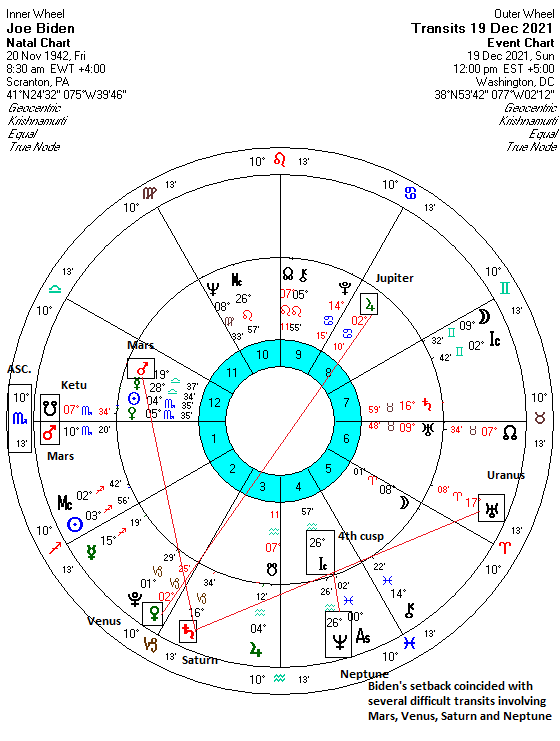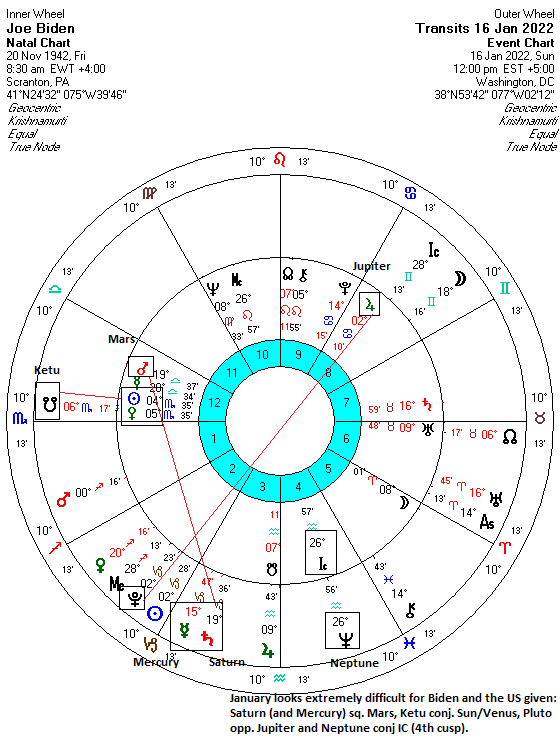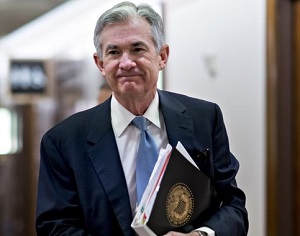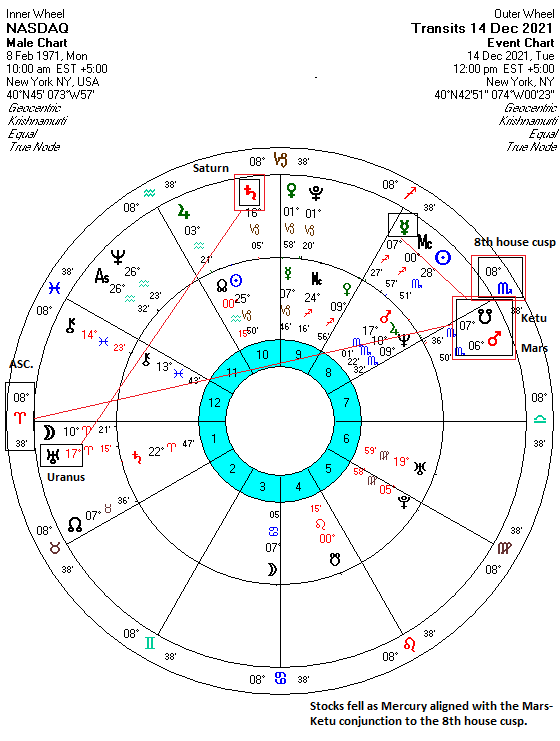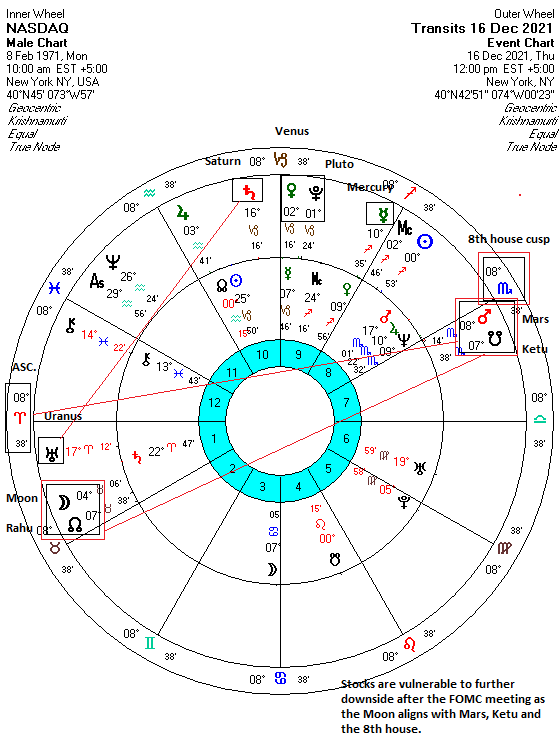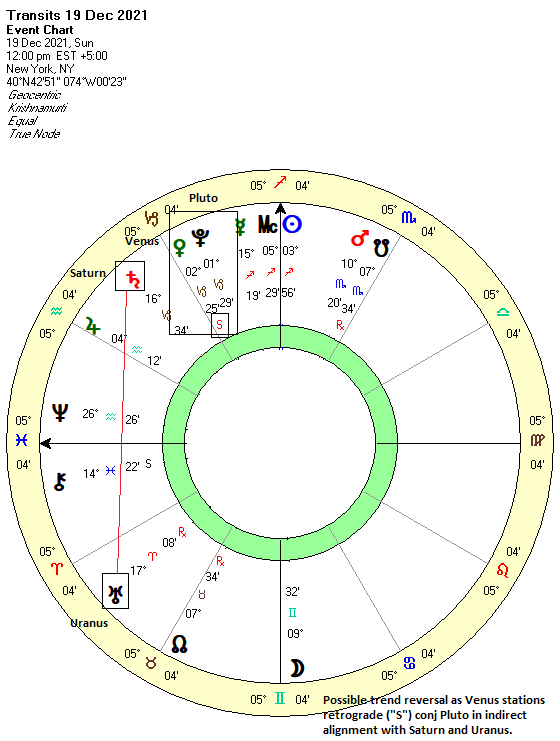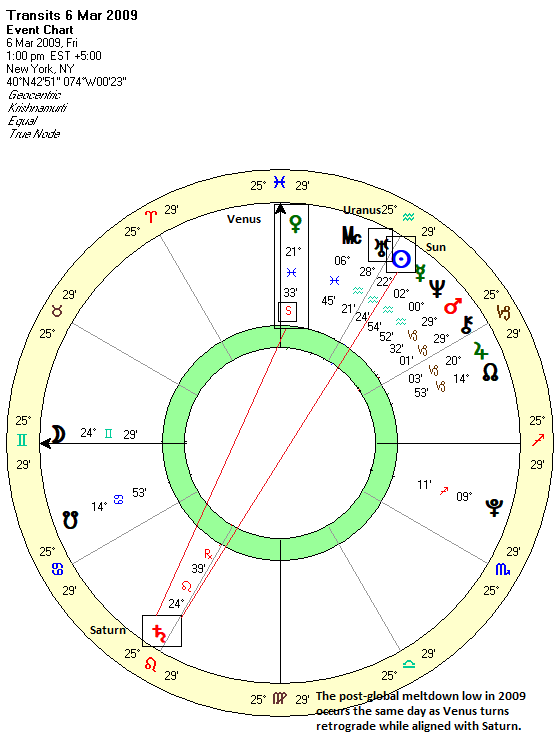 (29 December 2021)
As the second year of the coronavirus pandemic comes to a close, we
wonder what lies in store for 2022. While this year's vaccine rollouts
and partial lifting of restrictions was a welcome improvement over the
shock of 2020, the world still seems far away from a return to
anything approaching normal. And the emergence of the Omicron variant
in November has been a harsh reminder that the pandemic seems likely to
last longer than expected.
(29 December 2021)
As the second year of the coronavirus pandemic comes to a close, we
wonder what lies in store for 2022. While this year's vaccine rollouts
and partial lifting of restrictions was a welcome improvement over the
shock of 2020, the world still seems far away from a return to
anything approaching normal. And the emergence of the Omicron variant
in November has been a harsh reminder that the pandemic seems likely to
last longer than expected.
One useful source of information about possible future trends for 2022
is the horoscope for the New Year. The turning of the calendar at
midnight on January 1 imbues the planetary positions at that time with a
special symbolic importance that manifests during the rest of the
year. Prominent planetary alignments involving benefics Venus and
Jupiter, for example, increase the likelihood that peace and prosperity
will prevail for most of the world. Conversely, a New Year's horoscope
where malefics like Mars and Saturn are stronger suggests a year where
conflict and suffering will be the focus of our collective attention.
The New Year's horoscope for January 1, 2022 offers little cause for
celebration. As always, the two most important planets to consider are
the Sun and the Moon. The Sun, representing vitality and confidence,
is in a decidedly mixed condition as it is in a degreewise alignment
with Saturn (limits, oppression, control) and Uranus (change,
revolution, technology), although neither of these outer planets casts
full-strength aspects upon the Sun. Nonetheless, the alignments are
close enough (within one degree) to indicate that 2022 will be a time of
social instability and change as traditions are challenged and
authority structures are questioned. Some governments will likely
fall.
We should remember that the Soviet Union collapsed when Saturn and
Uranus (and Neptune) were conjunct the Sun in the New Year's horoscopes
of 1989 and 1990. While this year's minor Saturn and Uranus aspects to
the Sun are weaker than those conjunctions, we should not be surprised
if long-established hierarchies or governments suffer a similar fate
as the USSR.
.png)
The Moon is arguably more afflicted than the Sun in this year's chart. The Moon (24 Scorpio) is conjunct malefic Mars (19 Scorpio) and raises the possibility of suffering through military conflict or sudden or fiery natural disaster. Since the New Year is ushered in at different times across the world, the Moon-Mars conjunction will be closer and hence more powerful in Asia and the Middle East.
But the bigger concern here is that the Moon-Mars conjunction is square Neptune. As we know, Neptune is the planet most closely associated with the notion of disease and has been prominent over the past two years during the pandemic. Writing in December 2019, the reason why I thought a pandemic was possible in 2020 was because the Moon (the people) conjoined Neptune (disease) in the 6th house of health and both were aspected closely by Saturn (suffering, loss). Fortunately, this time around Saturn is not aligned with the Moon or Neptune. But Mars is aligned with the Moon and Neptune and this increases the possibility of more troubles and suffering from Covid. The Mars influence here also hints at the possibility that the pandemic may be seen less in terms of suffering (Saturn) more in terms of its military or geopolitical implications.
.png)
The economy is also a source of concern as the key economic planets are under stress in this chart. Venus, the planet of value, is retrograde and just past its conjunction with Pluto. The concentration of economic power by large corporations (Pluto) is likely to continue in the New Year but this may have negative consequences for the economy as a whole. But I am most concerned about the difficult position of the Mercury, the planet of commerce and trade. Mercury's conjunction with Saturn and Pluto in sidereal Capricorn suggests ongoing limits to trade which may translate into continued supply chain problems through 2022. This, in turn, argues for more inflation and higher interest rates.
Moreover, Mercury is further afflicted by the loose 120-degree aspect from Rahu (North Lunar Node) and the exact 45 degree aspect from Mars. The Rahu-Mercury combination suggests a distorted economy, as trade and transportation difficulties from lockdowns are more likely to hamper economic growth. The Mars-Mercury alignment suggests trade disputes could further undermine economic activity. These two afflictions to Mercury increase the probability of slower growth and lower stock market returns in 2022.
Overall, the 2022 New Year's chart looks challenging. The strong Neptune influence here suggests pandemic concerns are likely to continue. The April alignment of Saturn with Neptune and the Lunar Nodes looks like another possible setback in that respect, possibly signaling a new variant or perhaps new evidence of waning vaccine efficacy.
Weekly Market Forecast
Stocks have generally moved higher in recent days as the year-end Santa Claus rally appears to be underway amid low holiday volume. Thus far, the Venus retrograde cycle (Dec 19-Jan 29) has been bullish following the initial Omicron pullback during its 32-day preceding shadow period (Nov 17-Dec 19). While it is possible that the current up trend could extend into the New Year, some kind of significant pullback looks increasingly likely before the end of its 40-day retrograde cycle.
For more details,

